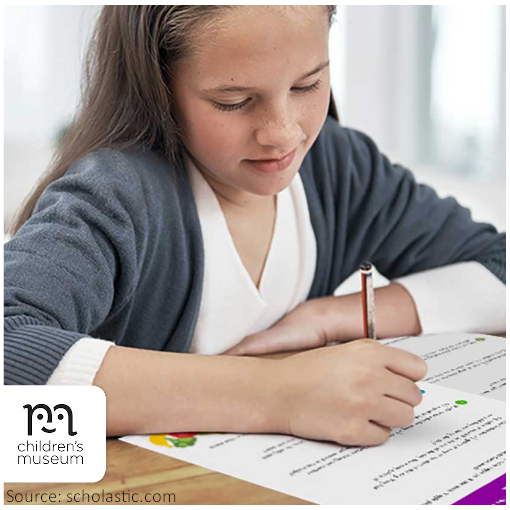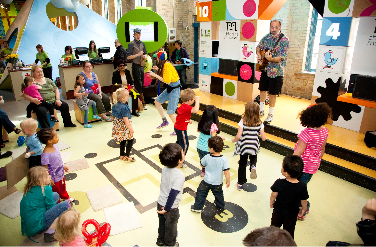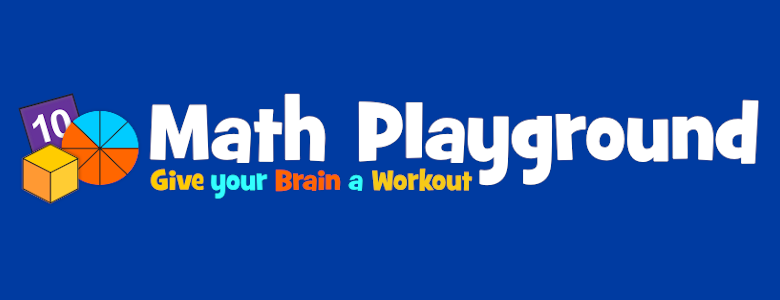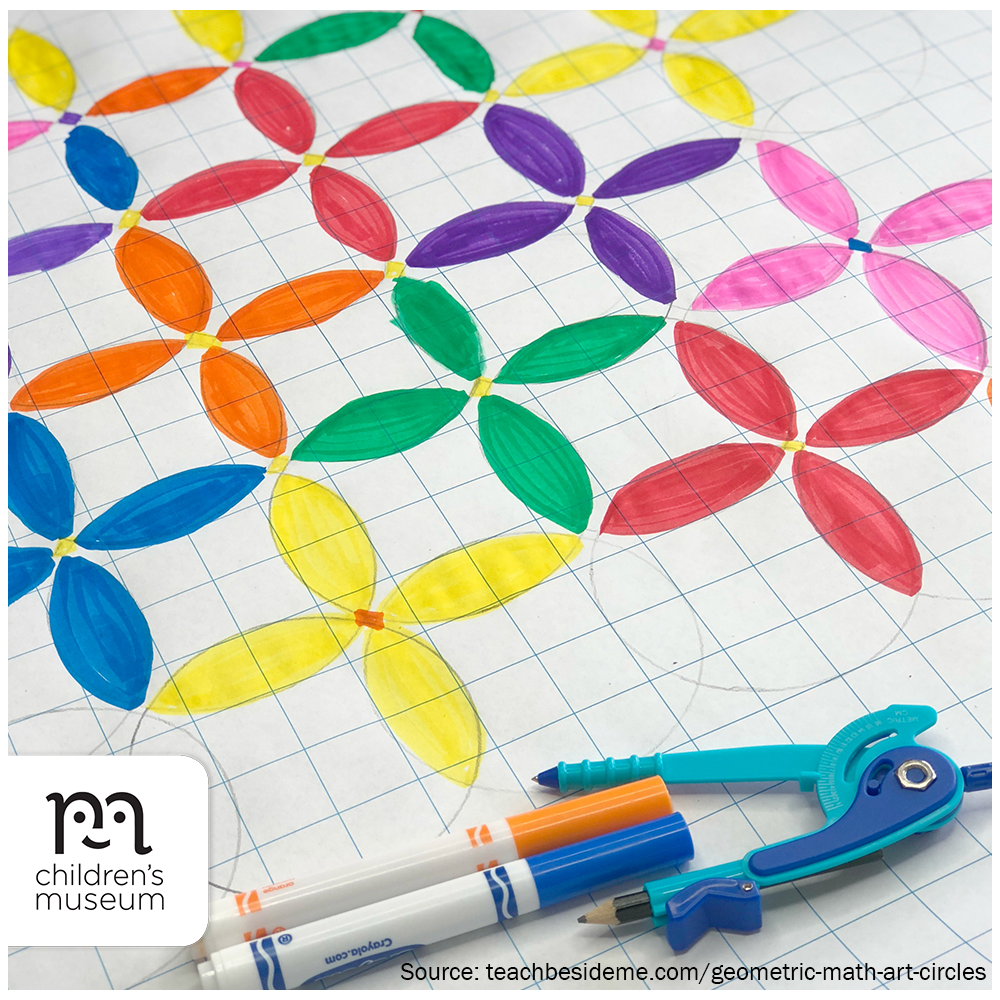ALL ABOARD: WE’RE GATHERING STEAM

Source: scholastic.com
Fractions can be tough for young math-learners to comprehend, and solving fraction word problems can be even harder! However, fractions are a critical math concept for your child to grasp, and making math connections in everyday life is a great way to help your child learn.
Cooking presents a perfect opportunity for problem solving with fractions. This activity will help your child visualize math when it’s applied to real-world scenarios like recipes, portions, and food. Encourage your child to draw or model each situation. You can even act out problems in the kitchen with real food to help bring the math to life for your child! Learn more.



